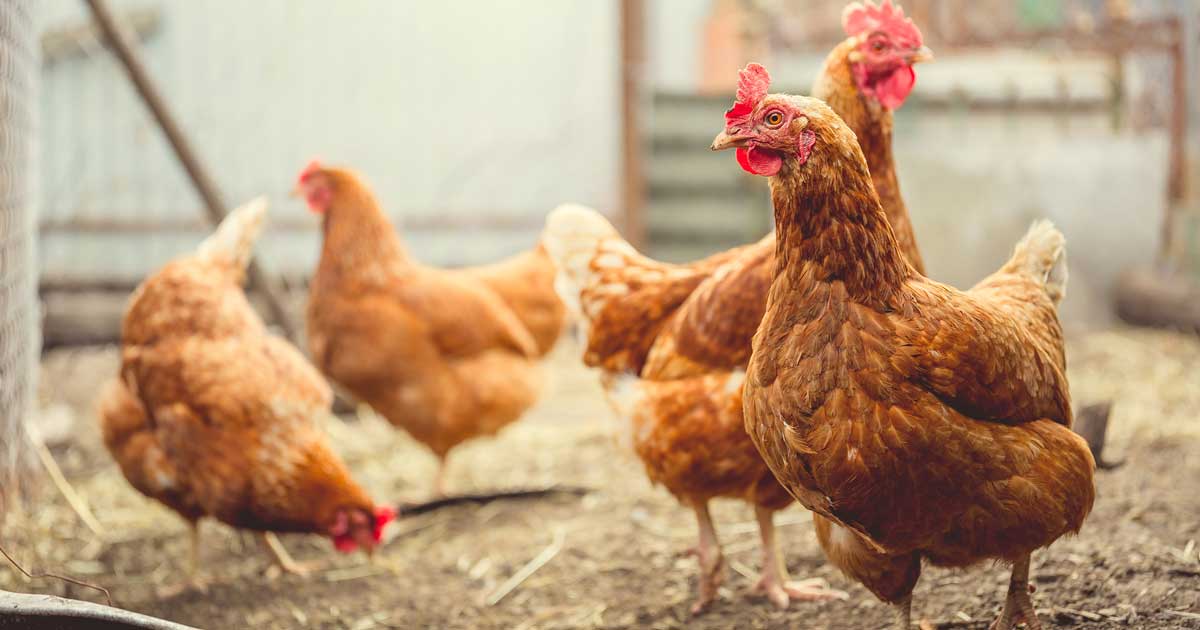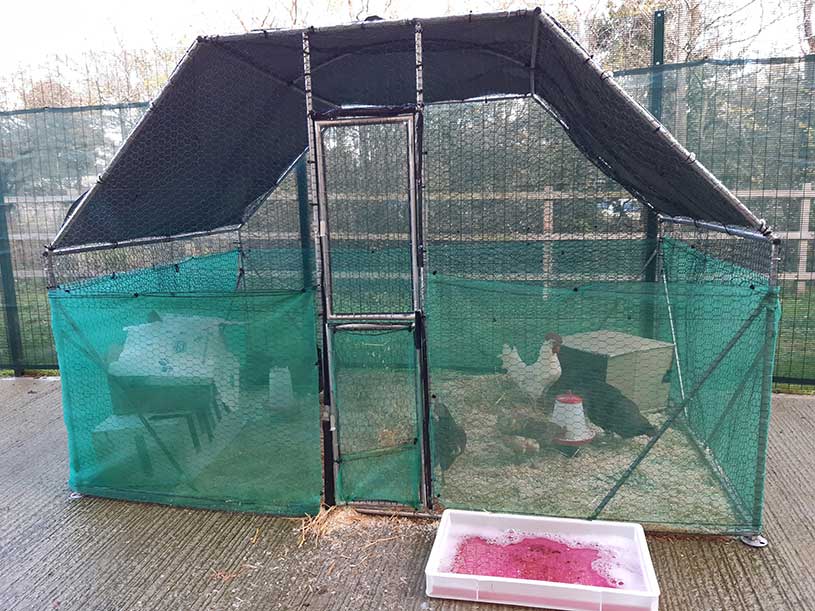3 Apr 2023
Henrietta Kodilinye-Sims aims to help all veterinary staff comply with the RCVS code in delivering first aid and emergency care to these birds.

Image © Anton Dios / Adobe Stock
If owners are concerned about the health of their birds – in particular, any clinical signs that may be a differential diagnosis for avian influenza – they have been asked to contact their vet for triage in the first instance.
If avian influenza is suspected, it should be immediately reported to the APHA.
Due to the severity and unspecificity of clinical signs associated with this disease, and the fact many differential diagnoses for a severely unwell bird exist, vets are obligated to provide assistance under the RCVS code of conduct (3. 24-hour emergency first aid and pain relief).
Owners are encouraged to register their flock with the APHA and a veterinary surgeon, to be familiar with the code of conduct and to discuss their experiences with the RCVS when practices do not meet their obligations.
The bird should be triaged for avian influenza risk factors and more common causes of an “unwell hen” should be excluded before suspicion of avian influenza is assumed. For example, salpingitis, peritonitis, tumours and respiratory disease due to other causes are more common diagnoses than avian influenza.
If, after triage, vets suspect avian influenza then they are under a legal obligation to report cases to the APHA. The APHA will follow up with a veterinary clinical investigation and sampling if avian notifiable disease cannot be ruled out.
No automatic culling policy exists for avian influenza outbreaks in the UK. Birds will only be culled if:
Contact details can be found on the APHA; Department of Agriculture, Environment and Rural Affairs; or Welsh or Scottish Government websites.

Highly pathogenic avian influenza (HPAI) is called “highly pathogenic” for good reason, as the disease’s clinical signs are often severe. They differ according to the species of bird and can appear in various combinations, so a bird doesn’t have to present with all of these signs at once to be a potential suspect case.
It is important that poultry owners and veterinary staff are able to recognise the common signs of HPAI, and any suspicions should be discussed with a vet.
A full list of these signs and some images are available on the avian influenza pages on the GOV.UK websites.
Flock signs (birds sharing housing) include:
Signs typical with severe or notifiable disease in birds include:
The following are signs typical with common diseases in hens. Individual birds with these symptoms, in an otherwise well flock, are very unlikely to be affected by HPAI. However, these signs are suspicious when combined with those previously mentioned or when multiple birds are acutely affected:
It should, however, be borne in mind that some species such as ducks, geese and swans can carry the avian influenza virus, and spread it without showing any obvious signs of illness.
The current strain of HPAI is classified as low risk to humans. Pet birds in environments compliant with avian influenza housing orders are considered to represent a relatively low risk compared to avian wildlife.
Birds housed with good biosecurity that have been triaged for signs of HPAI should pose very low risk when entering the practice. Poultry carry many zoonoses and agents infectious to other poultry, so gloves and an apron should always be worn when seeing them in practice.
Ideally, birds should initially be seen outside, in outbuildings or other less-frequently used areas of the practice until suspicion of avian influenza is ruled out, followed by thorough cleansing and disinfection of any such areas using a Defra-approved disinfectant at the appropriate dilution rate as specified under the Diseases of Poultry Order, and the Avian Influenza and Influenza of Avian Origin in Mammals Order (Defra, 2023).
This is to reduce the likelihood of any restrictions needing to be placed on the practice in the event that a positive bird had entered the main building.
In terms of how teams in general practice can help protect poultry welfare, invite members of staff to become the new practice poultry welfare officer, showcasing their leadership, collaboration and communication skills.
The aim of their role should be to maintain staff and poultry welfare by upskilling themselves, and disseminating information throughout the practice and poultry clients. This could include:
The poultry welfare officer can also advise clients on how to attend appointments safely and actions to take it they fall within a restriction zone and are unable to travel. Ideally, clients should be engaged at a personal level at each appointment, during “flu season” or not, to ensure they are prepared to maintain the health and welfare of their birds during future housing restrictions.
Clients should also be reminded of other legal obligations when keeping poultry.
Legislative requirements owners should be aware of in relation to poultry include the following:
Regarding an AIPZ or avian influenza housing order (AIHO), biosecurity measures should be followed. Also, regarding an AIHO and housing, a solid roof (or failing that an impermeable covering – for example, a tarpaulin) that prevents water ingress on to the birds, and a structure that excludes access by wild birds and rodents, would be ideal.

Ensure vets have access to the BSAVA Companion article “How to… manage respiratory diseases of backyard hens” (Kodilinye-Sims, 2021) and the poultry triage tool on all computer desktops for easy access during consults.
During a housing order, ensure vets have access to the housing order summary to be able to advise clients (GOV.UK, 2022d).
Ask owners to bring a second, healthy bird for company to reduce the stress and provide the vet with a normal comparison.
On arrival to appointments, invite owners to scan a QR code for the BVPA avian influenza page to read about biosecurity while they wait.
Particularly during a housing order, ask owners to bring a short (20 second), good-quality video tour of their coop to their appointment. Vets can use these videos to triage biosecurity.
The practice poultry welfare officer can discuss the video with the owner to help them comply with the additional regulations. This is good practice at any time of year to provide advice on husbandry and management.